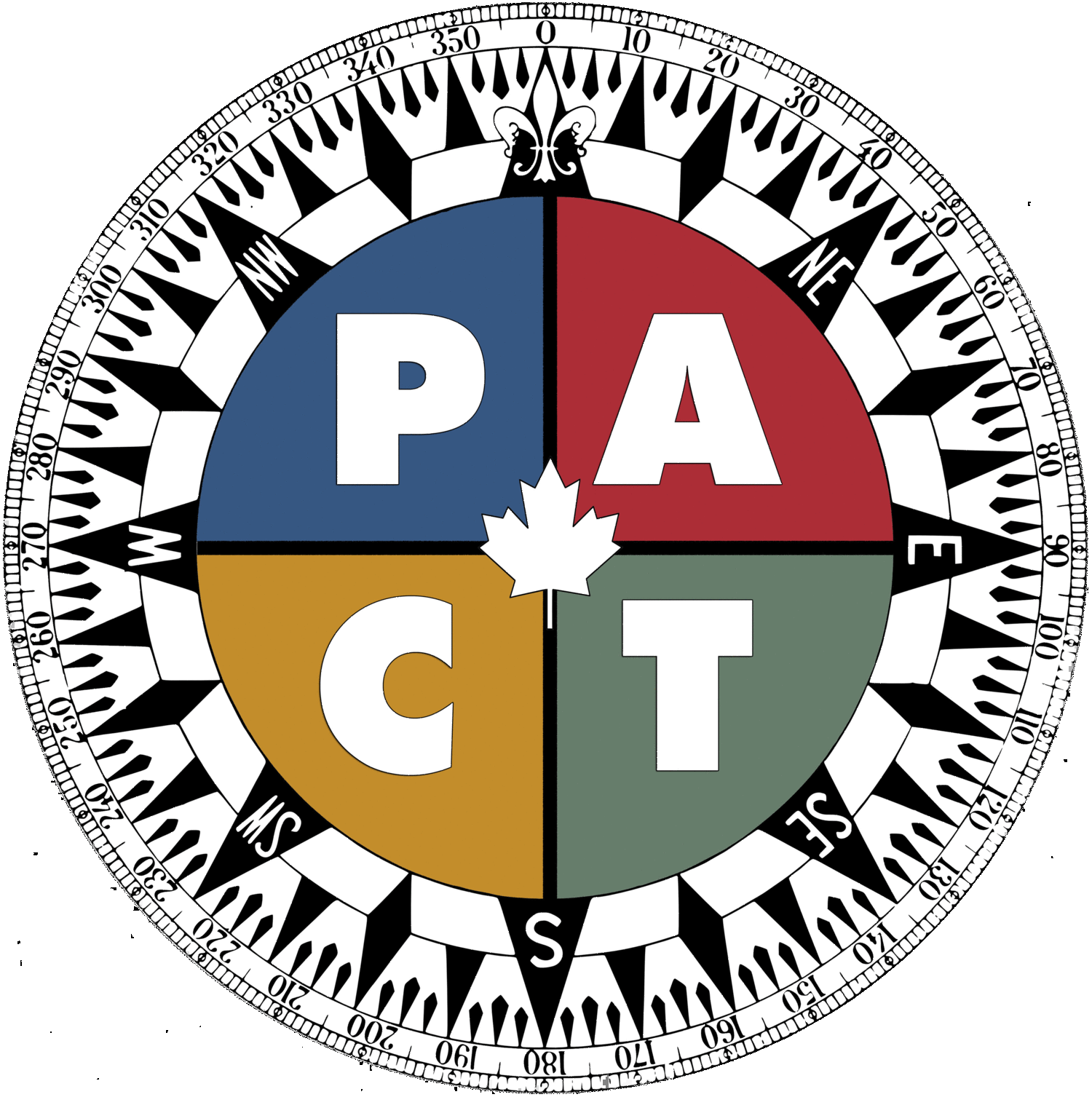Night at the Museum 2 – Superior Push
Day 94. We’d heard big winds were in the cards for day 95 so we wake up with the plan to push. Big lake paddling is all about taking advantage of what the lake gives us so when Superior decides to give us calm waters, it’s time to go.
The day starts much like the rest. 5am hits and we pack our lives into the boat under the stars still glowing from the night before. We heat up some left over dinner for a big filling breakfast, pick our seats for the day and we’re on our way.
It is tradition to offer gifted tobacco to Superior at certain checkpoints along the way to score some extra brownie points with the man upstairs. Superior appreciated the gesture and the lake was flat as a pond while the sun popped up like it was the middle of July. In hopes of taking advantage of the calm waters, we make a big jump across the lake from Agawa Bay to the Montreal River Harbour. Being far from the shore during this stretch we also give an offering of fresh urine to the almighty Superior. The lake is into it!
A couple of snacks later we find ourselves eating lunch at Point des Mines. We are happy with our progress and begin to throw around the idea of pushing past our initial goal of Pancake Bay. Tuna Pasta has a way of lifting our spirits.
On we go. To our surprise the lake is getting calmer and calmer with every stroke we take. Kilometers continue to fly behind us as we enter a very quiet portion of the day. Every so often the banter dies down and everyone’s brains drift into our own little worlds.
As we round Mamonaise Point we see a motorboat approaching in the distance. It had been a while since we’ve bumped into a set of friendly strangers on the lake so we turn in closer and they began to direct their putt-putt back towards us. As we approach each other it becomes obvious that the passengers are not our usual wave partners. Hollye’s father Peter and Uncle Daryl had met up with their friends Mike and Mel who have cottage on the lake and they had somehow commandeered a fisherman’s boat in search of our team.
The shock of the surprise visit is accompanied with stories and drinks in the middle of the lake. SMILES GALORE. After a quick tow and a kidnapping of Hollye, Mike and Mel invite us for lunch the following day at his cottage 30km in the right direction. It was around 6:30pm at the time and it seemed like a lunchtime arrival the following day would be a natural fit.
NOPE! We unloaded our heaviest gear into their motorboat and decided we would get to their cottage that night. Why not? Family reunions and dreams of home cooked meals were enough to motivate us to put our heads down and go. Another night in the nature museum was on!
As she always seems to do for us, Old Mama Nature cooperates. The sun sets pinker than a family of flamingoes and the moon rolls out a perfect strip of light along the lake towards our destination. We didn’t stop our boat once. With a lighter load we cruise around point after point. When the wind picks up, it injects our arms with adrenaline and when it dies down we proceed to offer thanks to the lake in the form of more fresh pee off the side of the boat. It’s the least we can do.
Midnight hits and we round the final bend towards Papa Ervine and his fleet of enthusiastic welcomers. The whole shoreline was asleep but we saw a flashing light in the distance. It had to be them! Mike and Mel shined their high beams at us and we returned the favour with the dying batteries on our headlamps.
We hit their beach at 12:30 in the morning – after an 18 hour day of paddling WE HAD ARRIVED. Mike, Mel, Peter, Daryl and Hollye greeted us with excitement and shock. Mel’s father Romeo, could hardly control his enthusiasm as he screamed, “I told you they’d make it, I told you they’d make it!” over and over. We made it! It was time to celebrate. Arguably our best welcome yet and in large part from complete strangers. Nothing says congratulations like burgers, beers, log cabins, cozy beds, saunas and GREAT company.
With a fresh breakfast in our bellies and an amazing sleep behind us we had the energy to put the last leg of Superior behind us. Thank you to the best hosts around and the family who made the drive, only to make for the best reward we could ever dream of. Night paddling is always an amazing ride but the way this one ended will make it an outstanding PACT memory forever.
THANK YOU!











